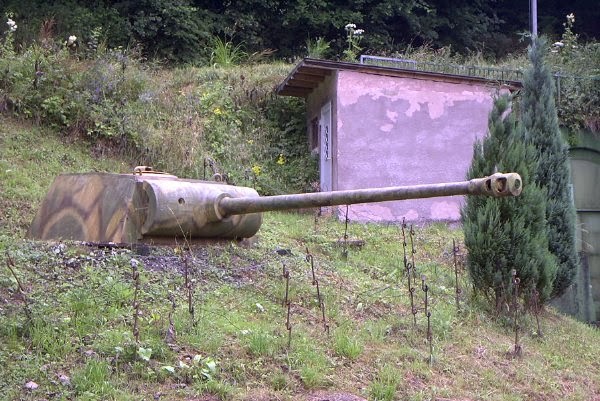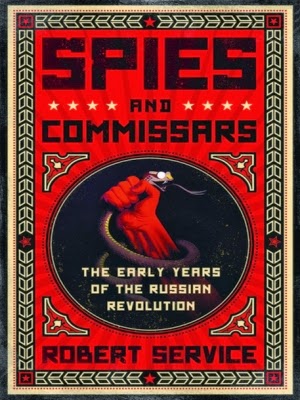Restless Empire: China and the World Since 1750 by Odd Arne Westad

Review
The book begins with the Qing Empire in 1750. The Quings where the Manchus from Manchuria who had conquered the Chinese Empire from the Ming Dynasty. Through the Quings, China as a nation had focused around the imperial dynasty even if the emperor was not actually from the majority Han or even Chinese in the case of the Mongols. The most important thing to draw from this period is the resentment the Chinese had from the Great Powers' forced concessions in China. Two opium wars with Britain (the second included France), occupied territory by Britain, Portugal, France, Germany, Russia, and Japan. This resentment would carry through to the Republic of China under Chiang Kai-shek, through the Peoples Republic of China. Today China is communist in name only. It is actually a totalitarian free-market state.
Interesting Facts
China should have the world's biggest economy in the 2030s.
India's population will be 50% greater than China's in the 2050s unless China changes its one child policy.
South Korea's biggest trading partner is China.
The Hongkong Shanghai Banking Corporation, HSBC, was formed in Hong Kong in 1865.
Germany provided most of the training for Chiang Kai-shek's Republican army up to 1938, when Germany and Japan became allies.
In 1882, Congress banned all immigration from China. This is the only time immigration has been banned from a specific country. This ban was not removed until 1943, over a year after China had been our ally against Japan.
Today, about 15% of Peruvians have some Chinese background. All the Chinese that immigrated to Peru where male workers.
The Italian city of Prato in Tuscany now has about 25,000 Chinese living there.
Lenism inspired Chinese Communism not Marxism. Marx's Das Kapital had not even been fully translated to Chinese before 1937.
It is estimated that between 4 and 5 million Chinese were executed under Mao, a number much larger than Stalin ever achieved.
When Mao implemented his "Great Leap Forward" in 1958, even his Soviet advisers warned him that it would cause mass hardships which infuriated Mao. In the end, and estimated 45 million Chinese, mostly peasants, died of hunger, exhaustion or disease. This was the beginning of the the fracturing of the Chinese-Soviet friendship.
By the late 1960s, China's leaders were preparing for war with the Soviet Union. In order to access Soviet intentions, Mao ordered an attack on an island in the Ussuri River in March of 1969. About 30 Soviet soldiers were killed. Mao refused to take calls from the Soviet premier. War was possible for several days as the Soviets considered a strike against Chinese nuclear missile installations. Tensions remained tense through 1970 and convinced Mao that he needed an ally -- the United States.
China's short war with Vietnam in 1979 was such a disaster for China, that China became convinced that it needed the United States to modernize its military.
Despite running a pro-Taiwan, anit-China presidential campaign, President Ronald Reagan declared that the United States would sell sophisticated military weapons directly to Beijing. This included sophisticated aviation and missile technology. At the same time in 1982, the United States declared we would phase out such sales to Taiwan.
There are now over 2500 KFC's in China today including one in the Forbidden City.
By 2000, the socialist economy in China was completely gone. Even state-owned companies now competed in the free-market.













